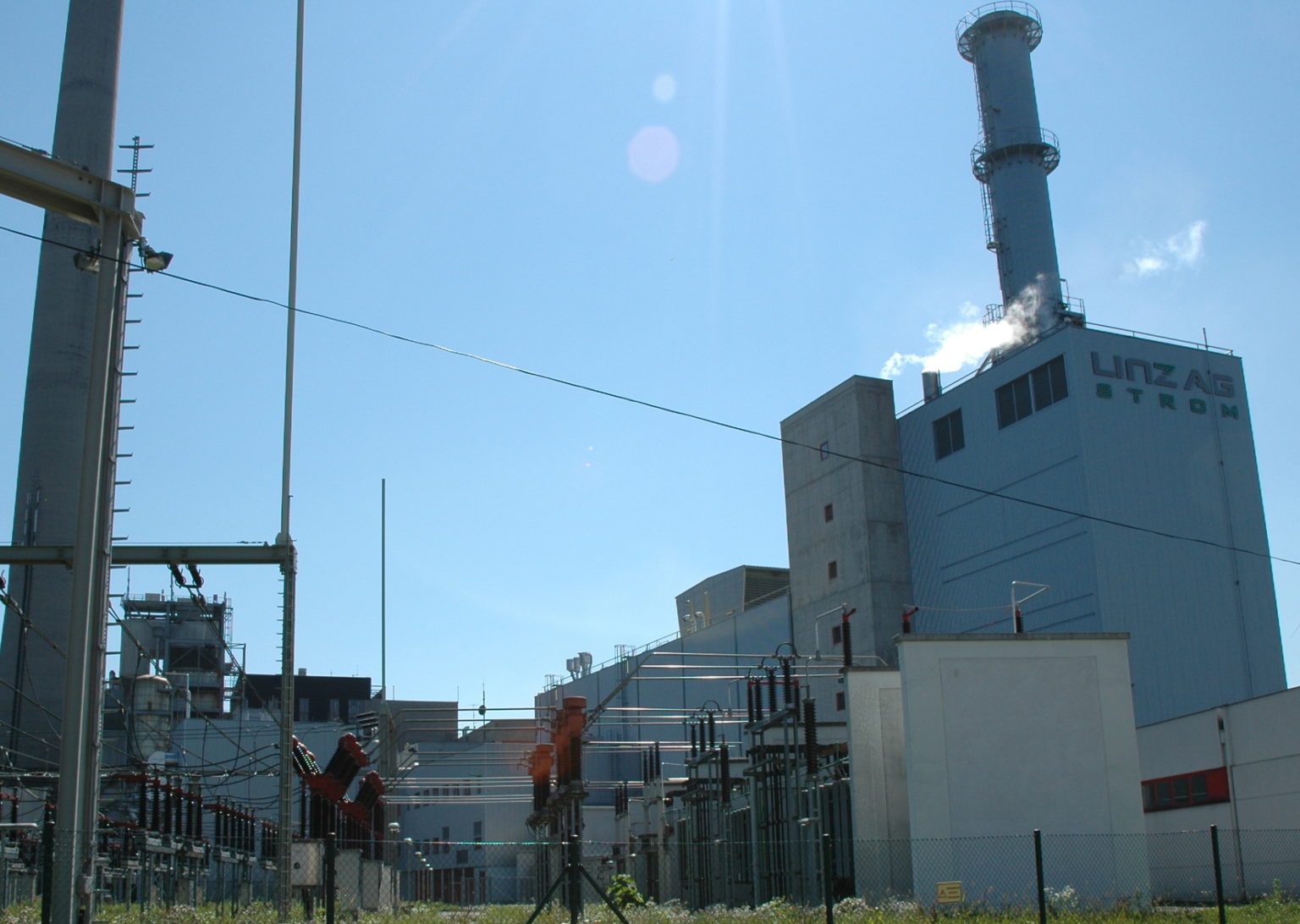Researchers at Purdue University and the Environmental Defense Fund have concluded in a recent study that natural gas power plants release 21–120 times more methane than earlier estimates.
Published in the journal Environmental Science and Technology, the study also found that for oil refineries, emission rates were 11–90 times more than initial estimates. Natural gas, long touted as a cleaner and more climate-friendly alternative to burning coal, is obtained in the U.S. mostly via the controversial horizontal drilling method known as hydraulic fracturing (“fracking”).
The scientists measured air emissions at three natural gas-fired power plants and three refineries in Utah, Indiana, and Illinois using Purdue’s flying chemistry lab, the Airborne Laboratory for Atmospheric Research (ALAR). They compared their results to data from the U.S. Environmental Protection Agency’s (EPA) Greenhouse Gas Reporting Program.
“Power plants currently use more than one third of natural gas consumed in the U.S. and the volume used is expected to increase as market forces drive the replacement of coal with cheaper natural gas,” the Environmental Defense Fund (EDF) said in a press release. The nonprofit commissioned and funded the study with a grant from the Afred P. Sloan Foundation.
“But if natural gas is going to deliver on its promise, methane emissions due to leaks, venting, and flaring need to be kept to a minimum.”
Methane Leaks Major Source of Emissions
Methane is a more potent greenhouse gas than carbon dioxide but hangs around the atmosphere for a shorter time, with a global warming effect 84–87 times that of CO2 over a 20-year period, according to the EPA.
“[Methane is] a better fuel all around as long as you don’t spill it,” Paul Shepson, an atmospheric chemistry professor at Purdue, said in a press release. “But it doesn’t take much methane leakage to ruin your whole day if you care about climate change.”
The researchers were careful to differentiate between emissions related to natural gas combustion versus leakage, with the latter found to be the primary source of methane emissions in this small, preliminary study. Previous estimates of methane emissions were reported to the EPA from the facilities themselves and were restricted to what came out of the smokestack, which means they excluded leaks from equipment such as steam turbines and compressors.
The study was done as part of EDF‘s ongoing series of studies measuring methane emissions and leakage throughout the U.S. natural gas supply chain. EDF said in its press release that the Purdue scientists plan to follow up with research at additional oil refineries and power plants. Purdue stated in a press release that support for the research also came from the National Science Foundation (NSF).
Natural gas recently eclipsed coal as a power source feeding the U.S. electric grid, according to data published by the U.S. Energy Information Administration (EIA).
“For decades, coal has been the dominant energy source for generating electricity in the United States. EIA‘s Short-Term Energy Outlook (STEO) is now forecasting that 2016 will be the first year that natural gas-fired generation exceeds coal generation in the United States on an annual basis,” explained the EIA in March 2016. “Natural gas generation first surpassed coal generation on a monthly basis in April 2015, and the generation shares for coal and natural gas were nearly identical in 2015, each providing about one-third of all electricity generation.”
Trump Admininstration Dismantling Methane Regulations
The Purdue-EDF research results were published the same week President Donald Trump proposed massive cuts to the EPA, which would include a 23 percent cut to the enforcement division tasked with overseeing emissions at gas-fired power plants and oil refineries. The Trump administration has also announced its intentions to halt former President Barack Obama’s proposed methane emissions rule for gas situated on U.S. public lands and has already reversed the Obama EPA‘s information request for methane emissions data from U.S. domestic oil and gas producers.
As DeSmog previously reported, Carl Icahn, the business tycoon who interviewed and vetted current EPA Administrator Scott Pruitt, owns petrochemical refineries with a documented history of exceeding allowable emissions rates set by the EPA. In addition to being a major donor to Trump’s campaign, Icahn also serves as an adviser on regulatory issues to the Trump White House, a position set to benefit his extensive business holdings and raising concerns about conflicts of interest.
Icahn, however, has dismissed these concerns, telling Bloomberg Businessweek, “It may sound corny to you, but I think doing certain things helps the country a lot. And yeah, it helps me. I’m not apologizing for that.”
Main image: Natural gas power plant Credit: Wikimedia Commons
Subscribe to our newsletter
Stay up to date with DeSmog news and alerts






